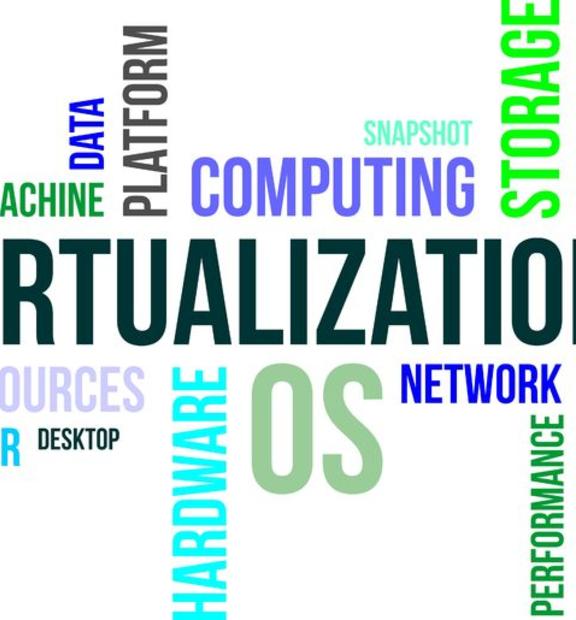 27494129 - a word cloud of virtualization related items
27494129 - a word cloud of virtualization related items
Our industry has been reinventing itself alongside the adoption of NFV/SDN technologies going on three to four years now. While this switch has already become a reality for some, many communications service providers (CSPs) are just now planning the transition to an hybrid virtual/physical network leveraging the capabilities of orchestrators and controllers. With networks and service offerings becoming more complex, CTOs and engineering VPs are now refocusing their attention toward a critical matter: How can they bring innovation to their customers while continuing to deliver on service level agreements (SLAs)?
Many came to realize that despite the obvious benefits associated with end-to-end service orchestration, it's a difficult undertaking, during which customer reporting and service assurance must remain a priority.
Improving Customer Satisfaction with innovative on-demand services activated instantly from Self-Service Portal
While NFV/SDN concepts are brilliant and the enterprise customer need for agility is obvious, the ROI for the CSP is tricky to demonstrate. This is due to the fact that this technology shift touches on all aspects of a CSP's business, from the way services are sold, how the network self-provisions those services, to the way they are operated. To figure out the mindset of the NFV MANO and OSS/BSS professionals who are spearheading orchestration at their businesses, TM Forum conducted an Insights Research report on the topic, with input from InfoVista on orchestrated service assurance.
For the survey, TM Forum polled 50 professionals working at 33 different service providers who represented both the network and the IT side of the business. Not surprisingly, the bulk of respondents — roughly 75 percent — said that they hoped orchestration would help make their businesses more agile, giving them the ability to offer service on demand, with updates in real time, and to deliver services to customers more quickly.
These characteristics will enable business service providers to also launch new commercial-grade NaaS products, including on-demand Ethernet and vCPE, which allow customers to enjoy fast service activation, self-service purchasing and a host of other benefits. By leveraging their new virtualized edge, CSPs will be able to offer many more services, such as application visibility, control and application acceleration. They will allow mobile operators to more easily manage performance in their backhaul and RAN and contract sharing agreements to reduce their network expenditure.
Bridging the Service Assurance Gap
At this stage, it's clear to most CSPs that service assurance is the missing link — the key that delivers on commercial-grade NaaS services and consistent SLAs. And, unfortunately, not just any performance management tool will do the trick.
As was demonstrated in the multi-vendor proof of concept (PoC) that InfoVista recently presented with Oracle and Juniper, CSPs must consider a solution with vendor-agnostic monitoring capabilities, service modelling, SLA monitoring, and automation through RESTful APIs, among other features.
As this massive network evolution continues to pick up speed, CSPs and mobile operators can't afford to hold back. They must plan the transition to a proven carrier grade service assurance platform that can adapt to the latest industry demands and innovations.
Read more about how NFV, SDN and ultimately service orchestration can help improve your network agility, the challenges associated with the switch and how to succeed in the market transition to NFV and SDN.










